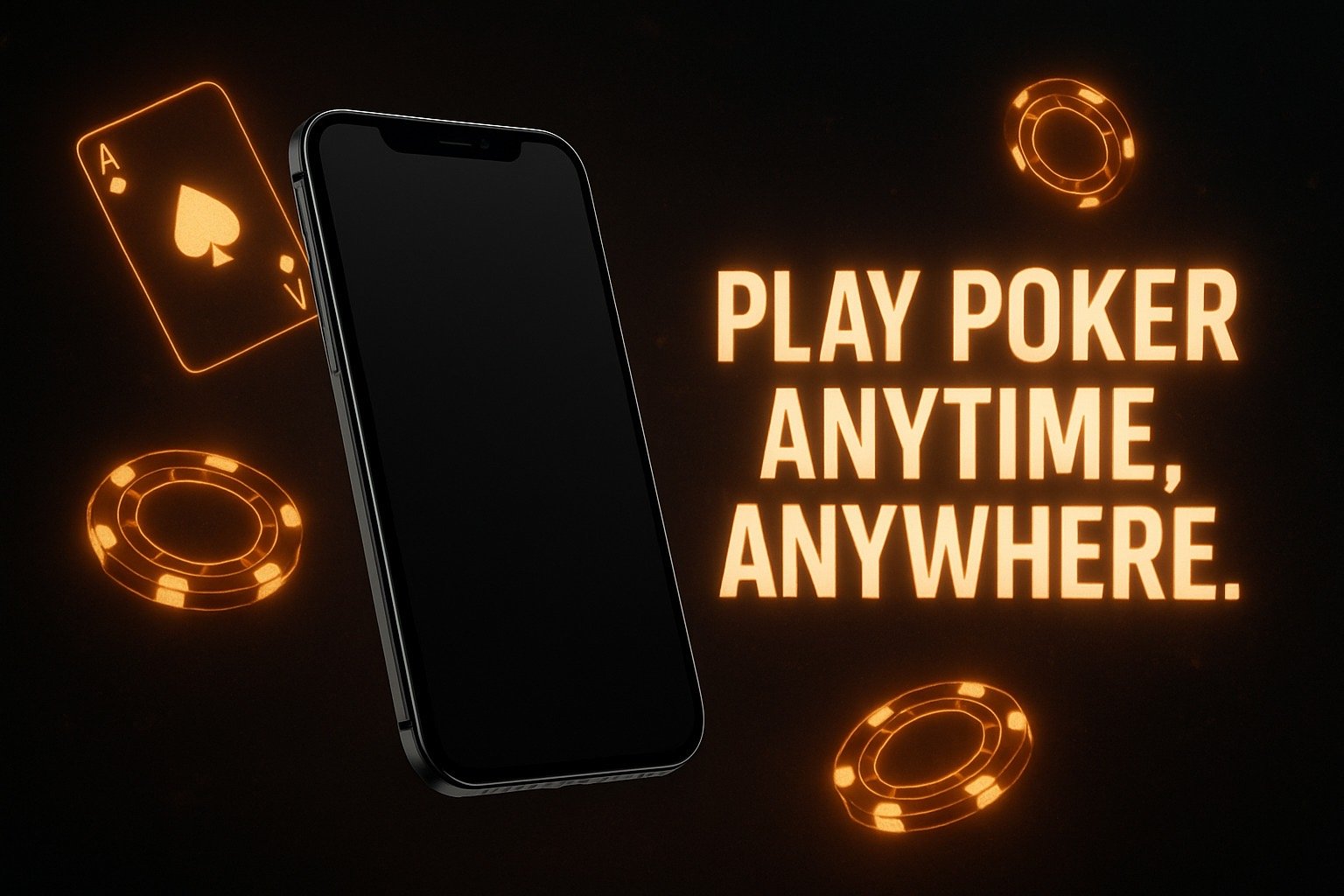Is Supply Shock Sustainable? How FUNToken Plans to Follow Through with Utility to Maintain Scarcity
The $5M FUNToken giveaway, currently live on 5m.fun, has successfully created a short-term supply shock. Through its staking-based structure, millions of $FUN tokens have been locked into a verified Ethereum smart contract, thereby reducing the amount of active circulation and signaling rising holder confidence.
But as the campaign progresses, one key question emerges: can this kind of scarcity last?
Unlike temporary burns or flash incentives, FUNToken’s supply strategy depends not just on reducing liquidity, but on following through with real, lasting utility.
Scarcity Works Only When It Serves a Purpose
Supply shocks often generate excitement in crypto markets, but their effects fade unless they’re backed by something tangible. FUNToken’s leadership seems to understand this well. Instead of relying solely on the giveaway to tighten supply, the project is using it as a bridge toward sustainable ecosystem growth.
In simple terms, scarcity by itself isn’t enough. Tokens need relevance, which includes ways to be used, integrated, and exchanged across real experiences. FUNToken’s plan hinges on this dual foundation: limit supply now, strengthen utility next.
This is how the short-term contraction created by the $5M giveaway can evolve into a long-term structural advantage.
The Supply Shock in Numbers
According to CoinMarketCap, FUNToken ($FUN) is currently priced at around $0.002159 USD, with a market capitalization of $23.33 million, 24-hour trading volume of $14.19 million, and nearly 98,790 holders. More than 8.7 million $FUN have already been staked on 5m.fun, a figure that continues to rise as new participants join. Each token locked contributes to reduced supply, creating the “shock” effect currently visible in market sentiment.
More than 8.7 million $FUN have already been staked on 5m.fun, a figure that continues to rise as new participants join. Each token locked contributes to reduced supply, creating the “shock” effect currently visible in market sentiment.
But FUNToken’s team isn’t treating this as a one-time anomaly. The mechanism is designed to balance scarcity with sustained circulation.
The Transition: From Locking Tokens to Building Utility
The key to maintaining scarcity lies in ensuring that locked tokens don’t lose their purpose once the campaign ends. FUNToken’s approach focuses on continuity, not closure.
The staking event accomplishes three immediate goals:
-
Establishing holder trust through on-chain transparency.
-
Creating market tension by limiting available liquidity.
-
Encouraging engagement through Telegram activity, leaderboard updates, and milestone-based unlocks.
The next step is to connect this momentum with broader ecosystem use cases and ensuring that once rewards are claimed, participants have meaningful ways to continue using $FUN within partner platforms and upcoming Web3 integrations.
By doing so, FUNToken can prevent the classic post-event liquidity surge that often dilutes price impact once a campaign concludes.
Sustaining Scarcity Through Circulation
True sustainability doesn’t come from keeping tokens locked forever; it comes from ensuring that when tokens do re-enter circulation, they remain in motion within productive systems.
That’s where utility becomes the balancing force:
-
Platform Integrations: Using $FUN for transaction, access, or membership-based privileges within gaming or digital entertainment platforms.
-
Earning Loops: Enabling users to restake or earn $FUN through performance or participation metrics, reinforcing retention.
-
Community-Based Incentives: Encouraging continued staking or liquidity provision for those who actively participate in governance, events, or ecosystem partnerships.
Each of these use cases transforms static scarcity into dynamic sustainability and keeps the economy alive while still respecting the principles of controlled supply.
Market Psychology: Turning Holders Into Users
One of the most underestimated aspects of supply sustainability is psychology. The $5M giveaway has successfully transitioned many holders from passive traders into active participants. The next phase aims to deepen that identity shift and take people from being holders to being users.
When tokens carry real-world or in-platform utility, people don’t just hold them for price; they hold them for function. That behavioral change reinforces scarcity more effectively than any burn mechanism could.
In that sense, FUNToken’s model uses utility as a retention mechanism to keep circulation purposeful and predictable.
A Sustainable Path Forward
Supply shock, when isolated, is temporary. But when combined with long-term use cases, it can become the foundation of a stable, growing ecosystem. FUNToken’s strategy shows signs of understanding this balance clearly: it uses scarcity not as an end in itself, but as the starting point for ecosystem expansion.
As the $FUN giveaway continues, the focus is already shifting toward maintaining relevance by ensuring that the tokens staked today remain valuable tomorrow, not just because they’re scarce, but because they’re useful.
That’s how scarcity becomes sustainable, and how $FUN may continue building momentum well beyond 2025.
Disclaimer: The price mentioned was accurate at the time of writing (November 5, 2025) and may have changed since.
The post Is Supply Shock Sustainable? How FUNToken Plans to Follow Through with Utility to Maintain Scarcity appeared first on Blockonomi.
You May Also Like

Fetch has sued Ocean and its founders, accusing them of undermining DAO governance by selling 263 million FET tokens without authorization.

The Elite Advisory Board Raising the Bar for Crypto Credibility!
